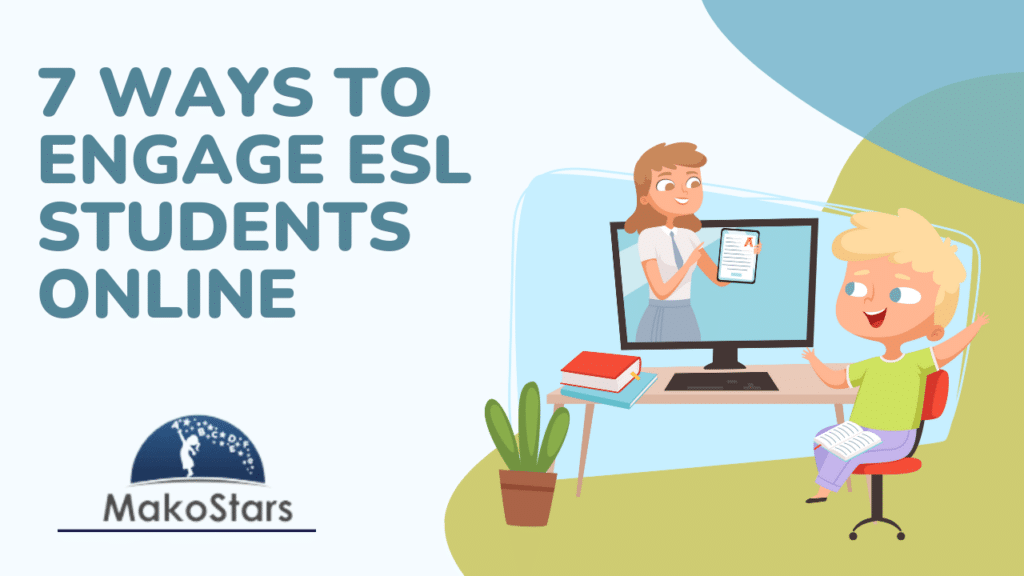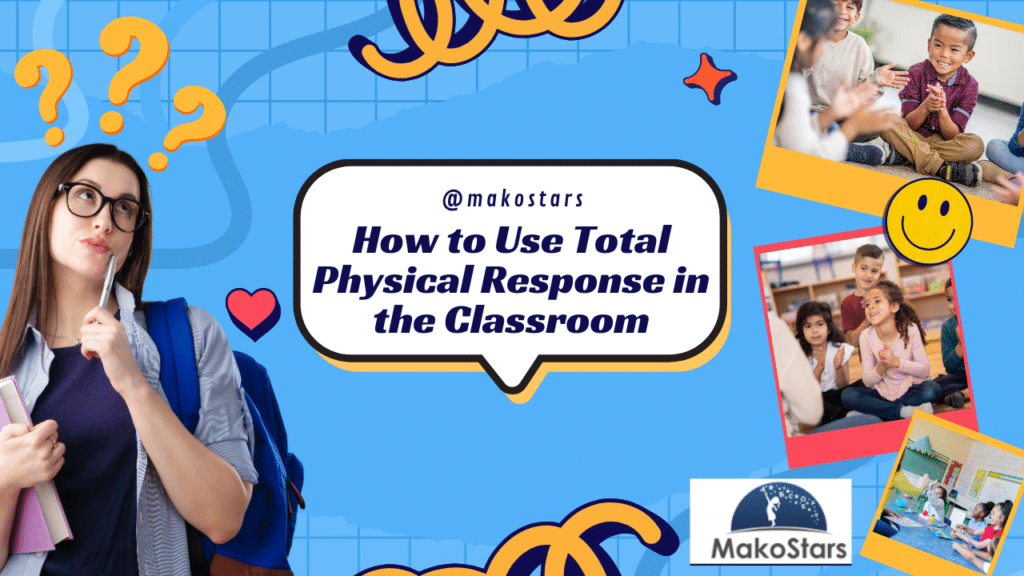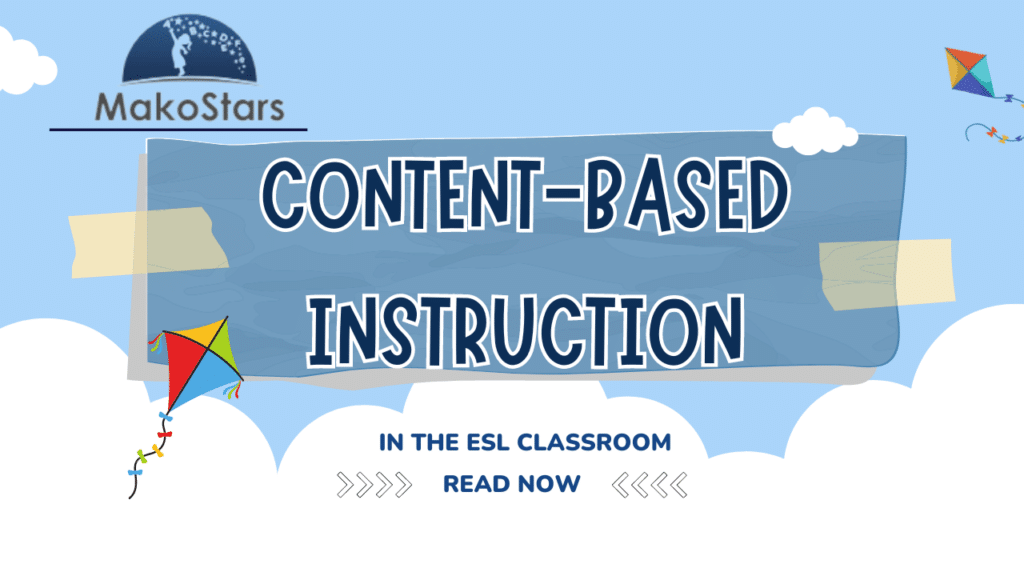Introduction
These days, online teaching and communication platforms are being used in record-breaking numbers. Globally, a large number of schools have moved their classes online in order to practice social distancing. Even before the global pandemic hit, online language learning platforms like VIPkid and Palfish had been gaining traction. But the difficult part is how to engage ESL students online.
What’s not to love about an online class? Students can learn a second language from the comfort of their own homes, or anywhere with WIFI really. (When I was a teacher at VIPkid, I often taught students who were in cars and noisy restaurants. If you have a phone, there’s no truly limit to education.)
While we are certainly lucky to live in a technological age, teachers might be running into some big issues when it comes to distance learning. Even a teacher with decades of experience has probably noticed the cold hard truth: your everyday classroom practices do NOT transfer to the online classroom.
How to engage ESL students Online
Aside from WIFI and frustrating connectivity issues, keeping students motivated, engaged, and interested can be a lot of work if you’re not trained to do so on an online platform. At their own homes, students are distracted by their family, their toys, their phones- you name it. And they might be taking classes sporadically instead of within regular school hours. It’s probably really difficult to stay in that “learning” mindset.
What does this mean for ESL students? Imagine sitting on a computer and listening to a second language for an hour. No thanks!
Keeping students engaged while effectively delivering an online lesson requires ESL teachers to update their skillsets. Teachers are seriously admirable to have switched to online platforms so quickly. However, that means there was no time to really plan out lessons or receive proper training.
If you’re looking for ways to improve your online classroom, keep reading! Here are some tips and tricks to engage ESL students online.

- Time management
No matter how long your class is, try to allot at least 10 minutes at the beginning for students to settle in. That way, you have time to help students who may be having connectivity issues. Also, it will allow students to settle into English mode without feeling overwhelmed and nervous.
Be aware of the amount of time you are speaking. Students will lose interest if you talk for long periods, especially in a second language. The online class should be fast-paced, think short explanations alternating with student activities. - Establish a routine
It’s important to establish a classroom routine if you’re teaching face-to-face and especially if you’re meeting online. By knowing what to expect in each class, students can prepare, and ESL students won’t feel as nervous. I currently teach University students on zoom, and I stick to a basic routine with some variation in pair work in each class.
My typical schedule looks like this:
15 minutes: warmup, announcements
35 minutes: PowerPoint, book exercises
5 minutes: camera off! break time.
40 minutes: A communicative-based task with students working in breakout rooms.
5 minutes: Homework and goodbyes.
My classes are mixed-level, so sticking to a basic routine really helps my lower-level students to pre-read the lesson and prepare for the class. - …But also, spice it up.
Having a routine is very important, but you don’t want it to get too boring. I usually did the same activities during the final 40 minutes of class, but every so often I liked to throw the kids for a loop. You can integrate some free, customizable quizzes into your online classroom. Students love using Kahoot to review at the end of class. The quiz is like a game show, and it’s a high-energy activity to end your class with. - Focus on student-driven activities
If you’re only meeting once or twice a week, it’s important to let the students have time to interact with one another. By letting the students talk, they are less likely to get bored. What’s more interesting to a student than to another student, right?
This might mean letting go of some of your regular, face-to-face lesson plans, and that’s okay. The breakout room function on zoom is great for small groups; you can pop in and visit each group to check on them and even broadcast a message to the whole class. I like to do speed dating with discussion-based questions. Put the students in groups of three, and after five minutes, change the groups. - TPR
If you’re teaching online, I can’t reiterate enough – use TPR! TPR is a great way for students to associate a movement with a response. For example, cupping your ear means it’s the student’s turn to speak. TPR not only catches the students’ attention but in case they didn’t hear clearly, they can still understand your instructions based on your activity. Find out more about TPR here. - Scaffold
If you’re like me, you probably have mixed-level classes. Some students will think your ESL classes are a breeze, while others will struggle through them. If you have a big class, it’s hard to give individual attention during the online lesson. So, you can scaffold your lessons to help you out.
What do I mean by scaffolding? Scaffolding in education means making the lesson more comprehensible to students with various abilities. In the case of online teaching, you can post YouTube videos as “extra” practice after your lesson. You can also use the chat box on zoom to type some of the more difficult instructions as you talk. - Make students feel special
Students feel more motivated to participate in a class if they have some kind of personal relationship with the teacher. I always make a point to learn all (300!!) of my student’s names, and I write down interesting things about them on my attendance sheet. They are so excited when down the road you recall some fact about their favorite food or family.
Furthermore, ask the students for feedback. It’s important to involve them in the learning process, so I always ask them to message me what they like and didn’t like. Teachers are always learning, too.
Above all else, when teaching online, it’s important to have fun and relax. Being flexible with your expectations for yourself and your students will create a more accessible classroom environment.



